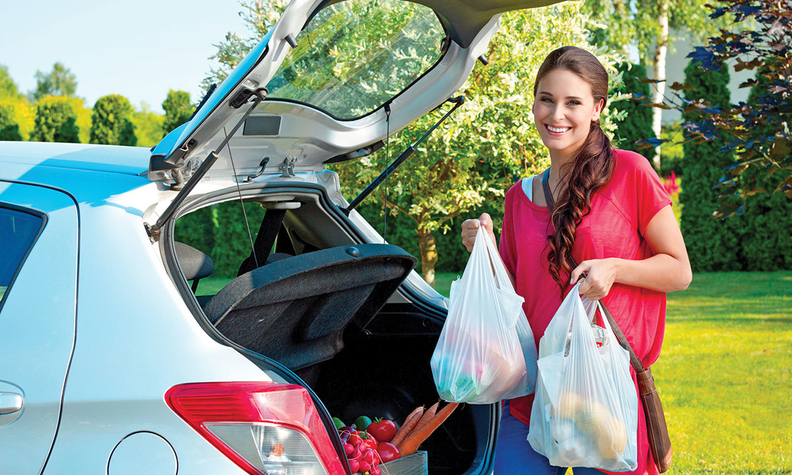The plastic bag industry on Jan. 30 unveiled a voluntary commitment to boost recycled content in retail shopping bags to 20 percent by 2025 as part of a broader sustainability initiative.
Under the plan, the industry’s main U.S. trade group is rebranding itself as the American Recyclable Plastic Bag Alliance and is beefing up support for consumer education and setting a target that 95 percent of plastic shopping bags be reused or recycled by 2025.
The campaign comes as plastic bag makers have faced substantial political pressure — the number of states with bans or restrictions on bags ballooned last year from two in January to eight when the year ended.
Industry officials said their program is not a direct response to the state bans, but they acknowledge public questions urging them to do more.
“This has been a discussion through the industry for a while now to set some aspirational goals of recycled content,” Matt Seaholm, executive director of the ARPBA, formerly known as the American Progressive Bag Alliance, said. “This is us putting a positive foot forward. You know, often times people will get the question, ’Well, what are you guys doing as an industry?’”
The commitment from Washington-based ARPBA includes a gradual increase starting at 10 percent recycled content in 2021 and rising to 15 percent in 2023. Seaholm thinks the industry will exceed those targets.
“I think it’s safe to assume, especially with ongoing efforts from retailers asking for recycled content to be part of the bags, I think we’re probably going to beat these numbers,” Seaholm said. “We’ve already had some conversations with retailers that really like this, that really like the idea of promoting recycled content on their bags as part of a commitment to sustainability.”
The recycled content levels are exactly the same as was called for last summer by the group Recycle More Bags, a coalition of governments, companies and environmental groups.
That group, however, wanted the levels mandated by governments, arguing that voluntary commitments are an “unlikely driver for real change.”


